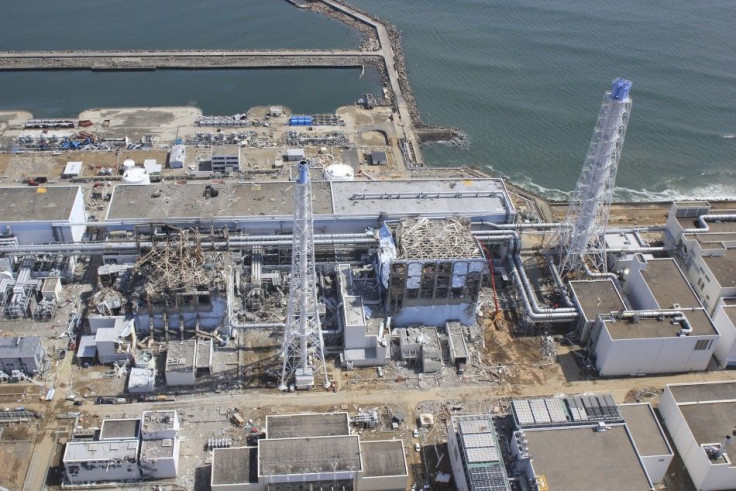Decommissioning Damaged Reactors Won't Be Easy

Even as Tokyo Electric Power Company acknowledged that it will decommission four of the six nuclear reactors at the Fukushima Daiichi nuclear plant, there is still the problem of a massive cleanup, as well as billions in decommissioning costs.
There is still a large amount of radioactive water in the basements of the turbine buildings of two reactors (numbers one and two). Plutonium has been found in the soil nearby, and contaminants continue to leak into the sea nearby.
The water in a nuclear power station has to be very pure, clean and free of chemicals. Seawater is corrosive. When the workers at the plant flooded it with seawater and boric acid on March 14, it was clear that the plant would have to undergo massive repair, and probably have to be decommissioned. TEPCO's announcement was merely an acknowledgement of that fact.
Edwin Lyman, a senior scientist in the Union of Concerned Scientists Global Security Program, told reporters Thursday that one of the big immediate challenges is what to do with the contaminated water. Right now, he said, the tanks are unavailable to hold it. There has been some discussion of brining in tankers. But then there is the problem of where to dock them, he said. The water could be filtered, but that would require much more sophisticated equipment, Lyman added.
Another issue will be the fuel in the reactors, both the spent fuel and that from the core. Lyman said the evidence so far is that there has not only been a meltdown but a core breach. The contaminated water, he said, has isotopes in it - primarily iodine and cesium - that one would expect if it had been in contact with nuclear fuel. They could end up with a high-level waste problem, he said.
Jim Rushton, an expert in nuclear energy at the Oak Ridge national Laboratory, said the contaminated water will be less of a problem than the nuclear fuel. Because of the damage to the reactors the likely steps will include taking apart the reactor pressure vessel, which contains the core, and approaching the fuel that way. One method is to fill the containment vessel with water, just as is done when fuel is replaced. Even that will have to wait years, Rushton said, as it takes time for the reactor to cool off and the radioactive material to decay.
But despite the challenges, Rushton said the problem is not impossible, especially given the experience gained at Three Mile Island. There's a lot of technology for this type of thing out there, he said.
One plan on the part of TEPCO and the Japanese government is to spray the surrounding area with a resin to keep the soil from moving. That will help, but it does not deal with the ultimate problem of decontaminating the area.
There are also huge costs involved. The Connecticut Yankee nuclear power plant in Haddam Neck, Conn., closed in 1996 and cost some $820 million to decommission. The Maine Yankee plant, in Wiscasset, Maine, closed the same year, cost $820 million. In Massachusetts, the Yankee Rowe plant decommissioning carried a $635 million price tag plus $8 million per year in upkeep because the spent fuel and waste is still at the site.
In Japan, the Tokai-1 nuclear reactor was shut down in 1988. That design was different from the Fukushima Daiichi reactors, and cost ¥93 billion ($1.1 billion at current exchange rates) to decommission. Rushton said it would not be unreasonable to expect costs to reach billions, as it will be hundreds of millions of dollars for each reactor.
Then there is the long-term environmental effect. The area surrounding Chernobyl is still an exclusion zone and the town of Pripyat is still abandoned, though radiation levels have fallen to the point where it is considered safe to be there. (At about 1 microsievert per hour that would mean the background dosage of 2 millisieverts per year would be reached in about three months, and a year's residence would still expose one to less than what some airline crews get).
It is also not clear what TEPCO will do with the other two reactors, numbers five and six, which were shut down during the earthquake and are still in good condition. Even the secondary reactors at Chernobyl kept operating for a decade after the accident there, Lyman said. That may not have been advisable.
© Copyright IBTimes 2024. All rights reserved.





















